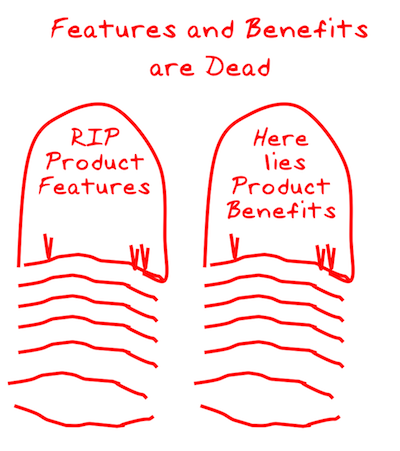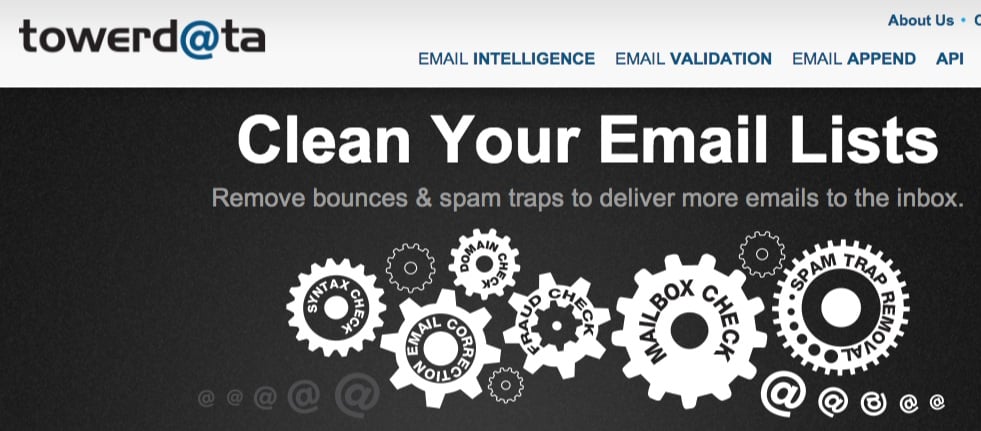I saw this article from Seth Godin last week "Why Lie" on why prospects lie to salespeople in another forum and commented on it. I'm not sure if you saw it, so I have referenced it below and want to add a comment and a few links to resources as I have written on this subject before.
Why lie?
"We've decided to hire someone with totally different skills than yours..." and then they hire someone just like you, but more expensive and not as good.
"We're not going to buy a car this month, my husband wants to wait..." and then you see them driving a new car from that other dealer, the one with the lousy reputation.
"We're not going to buy a car this month, my husband wants to wait..." and then you see them driving a new car from that other dealer, the one with the lousy reputation.
Spot the Genuine Smile
 "I'm just not interested..." and then you see the new RFP, one you could have helped them write to get a more profitable and productive outcome.
"I'm just not interested..." and then you see the new RFP, one you could have helped them write to get a more profitable and productive outcome.People lie to salespeople all the time. We do it because salespeople have trained us to, and because we're afraid.
Prospects (people like us) lie in many situations, because when we announce that we've made the decision to hire someone else, or when we tell the pitching entrepreneur we don't like her business model, or when we clearly articulate why we're not going to do business, the salesperson responds by questioning the judgment of the prospect.
In exchange for telling the truth, the prospect is disrespected. Of course we don't tell the truth--if we do, we're often bullied or berated or made to feel dumb.
Is it any surprise that it's easier to just avoid the conflict altogether? Of course, there's an alternative, but it requires confidence and patience on the part of the seller and marketer.
Someone who chooses not to buy from you isn't stupid. They're not unable to process ideas logically, nor are they unethical or manipulated by others.
No, it's simpler than that: Given what they know and what they believe, the prospect is making exactly the right decision.
We always make our decision based on what we know and believe. That's a tautology, based on the definition... a decision is the path you take based on what you know and believe, right?
The challenge, then, it seems to me, is to realize that perhaps the prospect knows something you don't, or, just as likely, doesn't believe what you believe.
Your job as a marketer is to figure out what your prospect's biases and worldview and fears and beliefs are, and as a salesperson, your job is to help them know what you know.
If you keep questioning our judgment, we're going to keep lying to you." Seth Godin, March 04, 2011.
Prospects (people like us) lie in many situations, because when we announce that we've made the decision to hire someone else, or when we tell the pitching entrepreneur we don't like her business model, or when we clearly articulate why we're not going to do business, the salesperson responds by questioning the judgment of the prospect.
In exchange for telling the truth, the prospect is disrespected. Of course we don't tell the truth--if we do, we're often bullied or berated or made to feel dumb.
Is it any surprise that it's easier to just avoid the conflict altogether? Of course, there's an alternative, but it requires confidence and patience on the part of the seller and marketer.
Someone who chooses not to buy from you isn't stupid. They're not unable to process ideas logically, nor are they unethical or manipulated by others.
No, it's simpler than that: Given what they know and what they believe, the prospect is making exactly the right decision.
We always make our decision based on what we know and believe. That's a tautology, based on the definition... a decision is the path you take based on what you know and believe, right?
The challenge, then, it seems to me, is to realize that perhaps the prospect knows something you don't, or, just as likely, doesn't believe what you believe.
Your job as a marketer is to figure out what your prospect's biases and worldview and fears and beliefs are, and as a salesperson, your job is to help them know what you know.
If you keep questioning our judgment, we're going to keep lying to you." Seth Godin, March 04, 2011.
Salespeople are paid well to Change Minds
Great insight on the reasons why most people including you, me and all of the readers of this blog think its OK to lie to sales people. (think back to the last time you bought a car...were you perfectly honest with every salesperson you met in the process?)Our job as salespeople is to change minds through having insightful conversations. One of the most valuable insights in the new book by Matt Dixon and Brent Adamson, "The Challenger Sale" (TCS), is that changing minds is exactly what the most successful salespeople (The Challengers), are doing to be successful. The really great news is that anyone with appropriate coaching, enablement tools and support can do this.
The messaging methodology for changing minds included in TCS is extremely valuable for sales and marketing leadership struggling with how to do this. For those who haven't read the book, I have summarized it below.
Challenger Sale Messaging Methodology
Your job as a salesperson is to expand the customers view of the World as it pertains to their goals/problems - and their understanding of the capabilities and value created through using your products/services.
pertains to their goals/problems - and their understanding of the capabilities and value created through using your products/services.
- What are your compelling capabilities?
- What capabilities do your customers under-appreciate most?
- Why don’t customers appreciate them? = their point of view.
- Your job - expand their point of view
STEP 2. Reframe – introduce a new perspective, be bold!- connect challenges to a bigger problem/opportunity. (we want the customer saying- I never thought about it that way, not agreement)
STEP 3. Rational Drowning – Lay out the business case, why our perspective is important, data, graphs, analysis, ROI on solving challenges
STEP 4. Emotional Impact – tell a story of how painful similar companies found it by behaving the same way they do i.e. the pain of the status quo vs. the upside from changing
STEP 5. A New Way - A point by point review of new capabilities they will need to capitalize on the opportunity. They have to buy into your vision, before they buy into your stuff
STEP 6. Your solution




